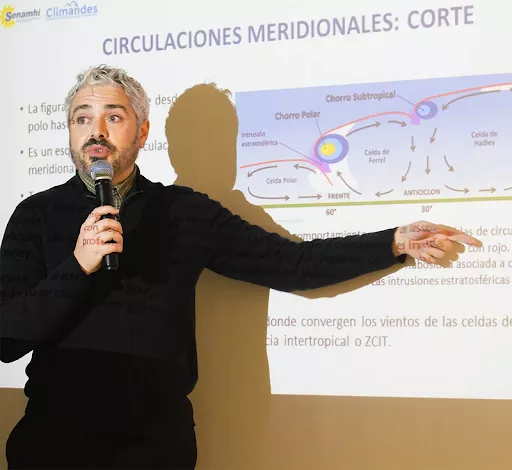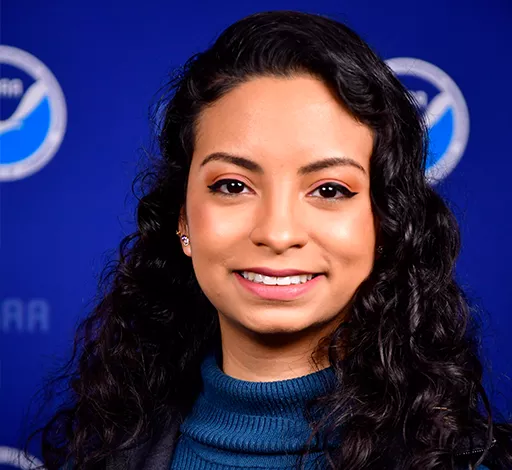The American Meteorological Society (AMS) Committee on Satellite Meteorology, Oceanography, and Climatology (SatMOC) is pleased to offer a short course titled “Monitoring the El Niño – Southern Oscillation and its Impacts on the Weather'' during June – July 2024. This short course will consist of four 3-hour virtual training sessions described below. The training sessions are scheduled for 1:00 PM to 4:00 PM ET on June 18, 25, 27, and July 16. This series of four training sessions will demonstrate the use of environmental satellite data to monitor the El Niño – Southern Oscillation (ENSO) cycle and three weather impacts commonly associated with the ENSO cycle: flooding, drought, and severe weather.
These training sessions will provide hands-on experience for selecting and applying environmental satellite data products for monitoring ENSO and assessing several weather impacts associated with ENSO. Certificates of completion will be issued to students who participate in a minimum of 3 training sessions and the participation in each session must exceed one hour. The short course is primarily designed for undergraduate and graduate college students but others who are changing careers or moving to a position requiring increased environmental satellite knowledge will benefit from the course.
Sponsored by the AMS Committee on Satellite Meteorology, Oceanography, and Climatology
Session Description
This session will focus on a general overview of the El Nino - Southern Oscillation (ENSO) and the teleconnections, regional trends, and effects, including drought, flooding, etc. We will focus on presenting different satellite tools that can be used for the monitoring and forecasting of ENSO. This includes a description of the tool, access and application methods. As a practical exercise, we will visit past ENSO transitions and use the satellite tools available at those times to forecast ENSO trends, and then verify if our predictions were appropriate.
José Manuel Gálvez, PhD (Meteorology)
Research Meteorologist for Axiom/WPC International Desks/NWS/NOAA, College Park, MD

José Gálvez is an instructor, researcher, forecast tool developer and forecaster of extreme rainfall events at the NOAA Weather Prediction Center International Desks in College Park, Maryland. He has a M.Sc. and Ph.D. in meteorology from the University of Oklahoma and a B. Sc. in Science-Meteorology from Universidad Nacional Agraria La Molina, Perú.
Contact Information
Email: wpc.international@noaa.gov
Website: https://www.wpc.ncep.noaa.gov/international/intl2.shtml
Bonnie Acosta, Trainer and Forecaster
NOAA Weather Prediction Center's International Desks in College Park, Maryland

Bonnie Acosta is a trainer and forecaster for the NOAA Weather Prediction Center's International Desks in College Park, Maryland since late 2022. She works in providing training on weather and climate for the WMO Regions III and IV, which include Mexico, Central America, the Caribbean, and South America, with emphasis on forecast techniques and satellite products. Bonnie works with the rest of the team at the International Desks to provide Quantitative Precipitation Forecasting (QPF) for the regions, to develop forecasting tools, and provide assistance both in English and Spanish. She received her B.S. in Atmospheric Sciences from Cornell University, and M.S. in Emergency Management from Millersville University in Pennsylvania.
Contact Information
Email: wpc.international@noaa.gov
Website: https://www.wpc.ncep.noaa.gov/international/intl2.shtml